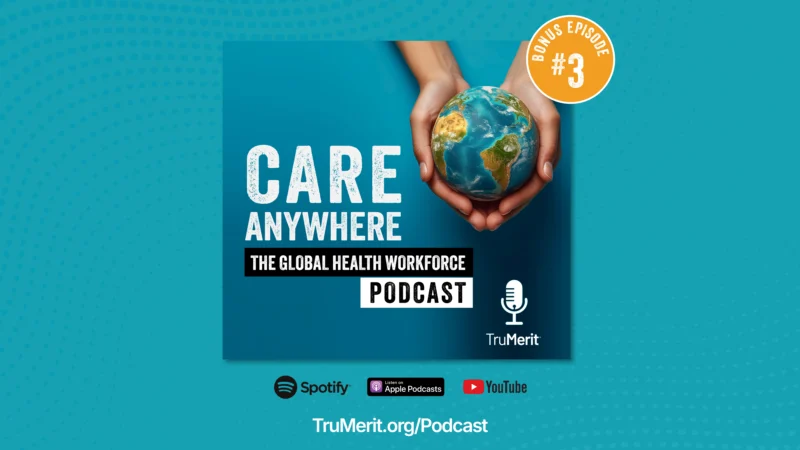Hand-Hygiene Compliance is Low Amongst Emergency Medical Workers
Studies show paramedic workers ignored World Health Organization guidelines when soap and water or antiseptic rub was needed. 1 The University of Southern Denmark in Odense studied 77 paramedics in Finland, Sweden, Denmark, and Australia as they treated 87 patients. The study found that hand hygiene compliance among EMS providers is “remarkably low,” with an “over-reliance” on gloves and a “tendency toward self-protection instead of patient protection.”2 They found that only 3% of emergency medical personnel used either hand-wash or hand sanitizers before patient contact. Gloves were worn in 54% of all hand hygiene indications. Researchers said that while the paramedics complied with basic hygiene at a high rate, many ignored World Health Organization guidelines in instances where soap and water or antiseptic rub was needed.
A Worldwide Problem
Hand hygiene compliance isn’t just a problem that’s isolated to Europe either. A study published in the American Journal of Infection Control (AJIC), tracked hygienic practices at hospitals in the United States and found disturbingly similar results.3 In this study, all participants believed they were fully compliant, and yet, less than half used proper hand-washing techniques, and just over a third wore gloves. And unfortunately, far too many of those in the study believed gloves were enough protection. However, researchers were keen to point out that proper hand-washing and gloves are both crucial to preventing infections spreading from either party. According to the AJIC study, “Hand hygiene and glove use are highly intertwined in clinical practice and should be considered jointly in infection prevention improvement efforts.”
Knowing the Proper Procedure
When 1 in 31 hospital patients has an infection resulting from the healthcare they received, increased vigilance must be taken to ensure that EMS providers are complying with CDC guidelines for hand hygiene.4 The CDC recommends washing your hands with either alcohol-based sanitizers or antiseptic soaps both before and after eating, having contact with a patient’s skin or fluids, and touching inanimate surfaces near the patient. Additionally, hand-washing is vital after using the restroom, and especially after taking off gloves. Gloves are critical to proper hand hygiene in patient care, but all hygienic measures must be taken to ensure across-the-board safety.
AliMed has a wide selection of products to help prevent infection with solutions for every setting. To learn more about our infection control products visit https://www.alimed.com/infection-control/
References
- Vikke HS, Vittinghus S, Giebner M, et al Compliance with hand hygiene in emergency medical services: an international observational study Emerg Med J 2019;36:171-175.
- Vikke HS, Vittinghus S, Giebner M, et al Compliance with hand hygiene in emergency medical services: an international observational study Emerg Med J 2019;36:171-175.
- https://www.ajicjournal.org/article/S0196-6553(18)31107-6/fulltext
- https://www.cdc.gov/handhygiene/index.html









